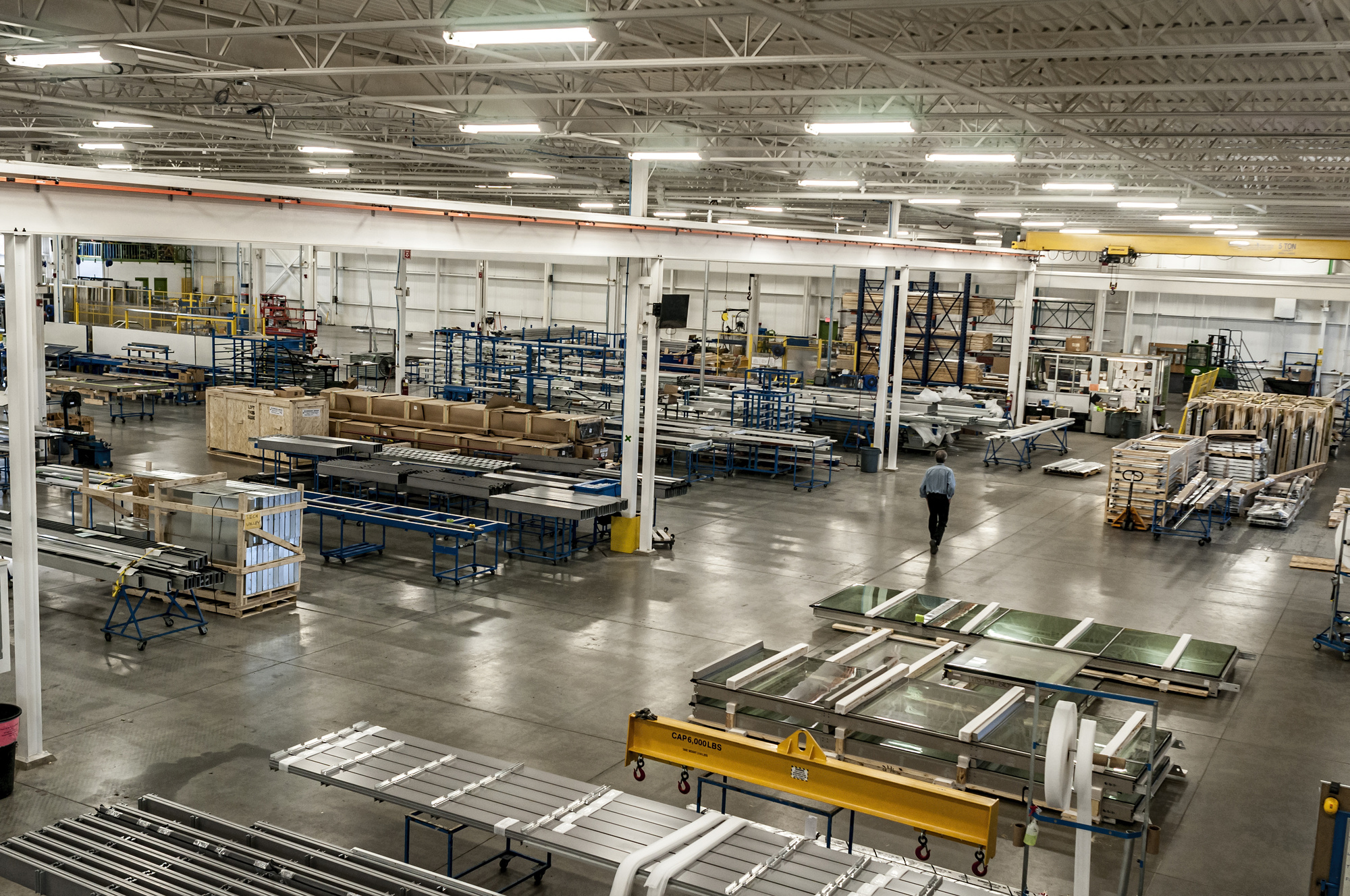Small manufacturing businesses are the backbone of the economy in the U.S. More than 20% of the apparel produced in the United States is produced by manufacturing businesses with less than 20 employees.
As a small business owner, you’re keenly aware of the challenges to grow your business, keep your employees engaged, and put out fires every day.
How can you grow your manufacturing business? Keep reading to learn the top manufacturing practices so you can grow your business.
1. Assess Your Business
When was the last time you performed a complete review of your business? This is the time to review processes and systems. You’ll learn where there are bottlenecks in your business and what’s holding your business back.
An assessment should be performed any time you want to make large changes. Interview employees and get their feedback on what could be done better.
Once you complete an internal review, do an external review. Look at the regulatory environment and industry standards to ensure you’re keeping up. You also want to look at your competition.
2. ROI, ROI, ROI
What are the activities that deliver the highest return on investment? What are the ones that don’t contribute to the business?
Your job is to put more attention on the activities that generate the highest return on investment while cutting back on the activities that don’t add value to the business.
3. Keep Up With Regulations
The regulatory environment for manufacturing businesses is stifling at times. Most manufacturing businesses are aware of the many regulations, but they don’t have a deep understanding of them.
That’s a huge risk for manufacturing businesses. You have to stay aware of compliance measures or risk big fines for your business.
There are a number of areas that you need to be aware of, including worker safety, product safety, environmental, and corporate compliance.
4. Leverage Technology
Technology is changing the entire manufacturing industry. The Internet of Things, robotics, artificial intelligence, and 3D printers are commonplace.
These technologies make manufacturing businesses more efficient. They lower overall production costs, minimize errors and increase the speed of manufacturing.
These technologies may replace some of your workers on the manufacturing floor in the near future.
That might seem like a big win until you realize that you have to hire IT staff to build and maintain your network. One solution is to hire outside IT solutions for manufacturing. You’re able to realize the benefits of technology.
5. Security Is Critical
Once you make the technology investments, you have to work to keep them secure. A recent report showed that 40% of manufacturing businesses suffered a cyberattack. About 38% of those companies noted the costs of the attacks exceeded $1 million.
How can you protect your small business? Start by educating your employees. Internal workers are responsible for most cyberattacks through emails and lack of awareness.
Have regular cybersecurity training for all employees. You should also have a documented technology policy that addresses cybersecurity issues.
6. Manage Your Supply Chain
Do you have close relationships with your suppliers? You don’t want to be surprised one day to learn that a major supplier is no longer in business.
You should always be aware of the risks not only to your business but to your suppliers as well. You don’t want to have to replace a supplier in a hurry. That impacts your manufacturing quality and can turn into major issues for your business.
Be sure to work with suppliers that focus on quality. You also want to have suppliers that are compatible with your business now, and in the future.
For instance, if you want to expand into international markets, you want to have suppliers that meet those demands.
7. Don’t Over Invest in Inventory
Inventory management is a balancing act. You want to have enough to meet customer demands, but you don’t want to have too much inventory, either.
Overspending on inventory also means that you’re spending cash that could be invested elsewhere. There are other costs associated with too much inventory, such as storage. To optimize this crucial aspect of your business, understanding effective warehouse inventory management practices is essential, ensuring you maintain the right balance and improve overall efficiency.
8. Know When to Cut Your Losses
One of the unspoken costs of having too much inventory on hand is that customer demands shift in an instant. If that happens when you’re overstocked, you could be out of the investment.
You’re also still paying for inventory storage. At some point, you have to know when to cut your losses and move on.
You might be able to sell the inventory at a reduced rate to cover some of your losses.
9. Maximize Your Efficiency
Efficiency is everything in manufacturing. You can implement the best technologies and you can learn lessons from some of the largest manufacturers in the world.
You should implement some of the project management methodologies to make your teams more efficient. Lean manufacturing, Agile, and Lean Six Sigma are some of the most popular.
Large organizations implement these methods to reduce costs and increase profits. You can do the same for your small business.
10. Diversify Your Customers
What would happen if your largest customer pulled its business? It’s nice and comfortable to know that a big check comes in every month, but complacency could kill your business.
You should always diversify your customer base. You might try new products to attract new customers.
Tips and Insights for Manufacturing Businesses
It’s tough to manage a manufacturing business and stay on a path towards consistent growth. You have so many fires to put out and so many hours in a day.
The tips in this article help manufacturing businesses focus on the core aspects of the business. Follow these tips and you’ll improve manufacturing quality, retain your customers, and attract new ones.
Efficiency, technology, and good management principles are all keys to growth. Technology lies at the center of all of these keys.
For more tech news and tips, check out the other articles on the blog today!


